Finding Light in the Darker Months: Ways to Cope with Seasonal Depression and Winter Blues
Winter came early in Southern Ontario this year. As the days grow shorter and the clocks shift back, many people notice changes in mood, energy, and motivation. For some, this time of year brings Seasonal Affective Disorder (SAD), a form of seasonal depression that appears during the fall and winter. For others, it may feel like a quieter sense of heaviness or disconnection, often called the winter blues.
At New Moon Therapy, we believe these seasonal shifts are invitations to listen to your body, slow down, and care for yourself in meaningful ways. Here are some gentle strategies to help you navigate the darker months with more light and balance.
Let Your Body Move with the Season
Nature naturally slows down in winter. The trees rest, animals hibernate, and the earth takes a deep breath. It’s okay for you to do the same.
Allow yourself to move at a slower pace, to rest and recharge. At the same time, try to maintain a gentle rhythm. Too much rest or isolation can deepen sadness and fatigue. Think of it as finding a balance that feels restorative but still connected: cozy evenings in, balanced with moments of movement or social connection.
Soak Up the Light
Exposure to light is one of the most effective ways to combat seasonal depression. Spend time outdoors when you can, especially in the morning. Even 10–20 minutes of daylight can boost serotonin and regulate your internal clock.
If natural light is limited, a SAD light therapy lamp can be a valuable tool. You can use it early in the day for the best results.
Keep a Steady Routine
The body and mind thrive on rhythm. A consistent sleep schedule, regular meals, and small daily rituals help stabilize mood and energy. Routines act like gentle anchors, reminding your nervous system that it’s safe and supported — even when the world outside feels slower.
Move Your Body Mindfully
Exercise supports both physical and emotional well-being. I know it’s been said before, and it does help. Whether it’s yoga, stretching, dancing, or a winter walk, movement helps lift mood and release endorphins. Focus on what feels good for your body rather than intensity or performance.
Nourish from Within
What you eat influences how you feel. Choose nutrient-rich foods such as omega-3 fatty acids, whole grains, seasonal fruits, and vegetables. Vitamin D supplements may also help offset reduced sunlight exposure. (Check with your healthcare provider before starting any new supplement.)
Stay Connected
When it’s cold and dark, isolation can sneak in easily. Try to stay connected to loved ones or supportive communities. Sharing a meal, attending a class, or simply checking in with a friend can help ease loneliness and bring warmth into the season.
Practice Self-Compassion
If you feel more tired, emotional, or less motivated, know that it’s a natural response to the season. Offer yourself understanding and care. Rest isn’t laziness — it’s your body’s way of restoring balance and energy.
Seek Professional Support
If your symptoms feel heavy or begin to interfere with daily life, reaching out for professional support can make a meaningful difference.
Therapy can help you explore what lies beneath these seasonal shifts and develop tools for emotional regulation and resilience.
